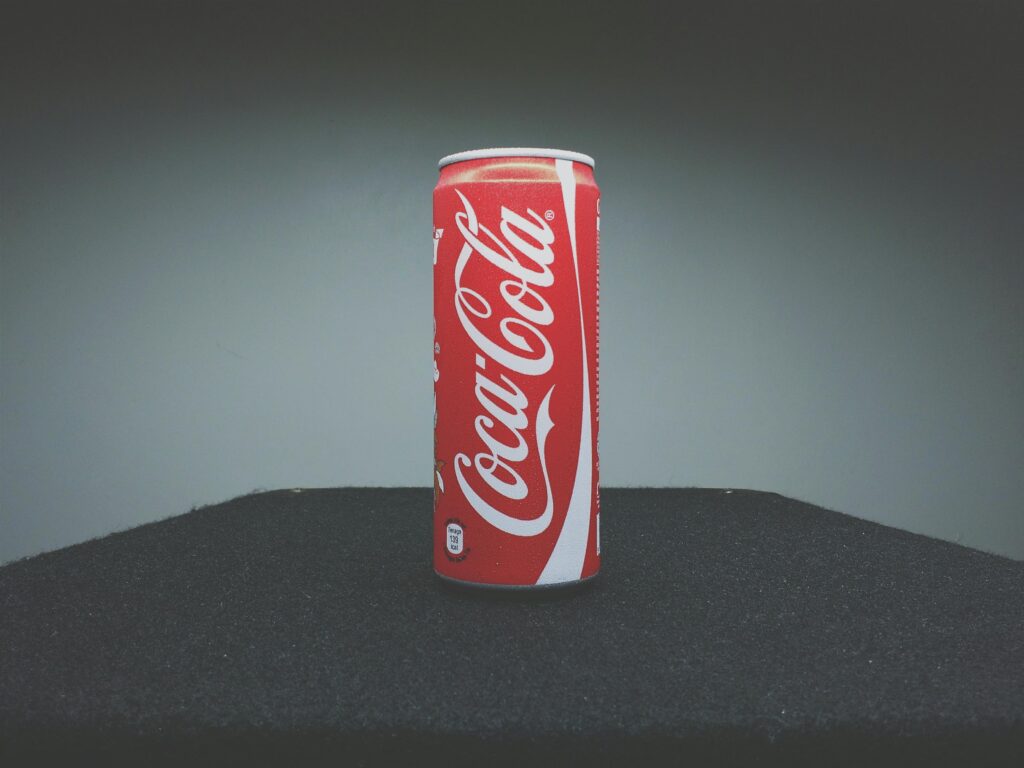Applying for a trademark in India might seem like a straightforward task—fill out a form, upload your logo, pay the fee, and wait for approval. But the reality is often more complicated.
A large number of applications get stuck or rejected not because the mark is ineligible, but because of simple mistakes made during the filing process. For individuals and businesses new to intellectual property, especially startups, these errors can lead to unnecessary delays, objections, or worse, loss of trademark rights altogether.
One of the most frequent issues is filing the trademark under the wrong class. Every product or service falls under one or more of the 45 classes listed under the Nice Classification system. Choosing the wrong class means your trademark won’t protect the actual goods or services you offer.
For example, if someone running a cloud software platform mistakenly files their trademark under Class 25 (which is for clothing), they may have a registration, but it won’t help them in a dispute related to software services.
Let’s look at a few common business types and the correct classes they usually fall under:
| Business Type | Appropriate Class Number |
| Food delivery service | Class 39 (transport services) |
| Online learning platform | Class 41 (education) |
| Cosmetic products | Class 3 (beauty products) |
| Fitness app | Class 9 (software) |
If you’re still unsure whether your idea qualifies as a trademark, check out this guide on what you can (and can’t) trademark in India.
Another common mistake is skipping the trademark search before applying. This search helps identify whether a similar or identical trademark already exists.
The Indian Trademark Registry offers a free public search tool on its website. By ignoring this step, many applicants end up filing for names that already exist in the registry, leading to objections under Section 11 of the Trademarks Act, 1999. This section relates to relative grounds for refusal—where your trademark may be rejected for being too similar to an existing one.
Choosing the wrong type of trademark is also a mistake people don’t realise they’re making. Generic or overly descriptive terms, even if they feel relevant to the product, often don’t qualify as strong trademarks.
Section 9 of the Act, which outlines absolute grounds for refusal, states that a trademark must be distinctive and not directly descriptive of the goods or services. So, a name like “Tasty Biryani” for a biryani shop, while catchy, might face rejection for being too descriptive and common.
The strength of a trademark usually lies in its uniqueness. Names that are invented or suggestive tend to perform better when it comes to registration. For instance, something like “Bytoor” for a tech startup has a better chance than “Fast Tech Services.”
Here’s a simplified comparison of what kind of names fare better:
| Type of Name | Risk of Rejection | Example |
| Generic | Very high | “Soap” for soap |
| Descriptive | High | “Soft Touch” for lotion |
| Suggestive | Moderate | “SnapFit” for fitness |
| Invented/Unique | Low | “Nykaa”, “Zomato” |
Many people file trademarks without legal help. Here’s a guide on how to register a trademark in India without hiring a lawyer.
These early mistakes might not seem like a big deal at the time of filing, but they often turn into major complications during examination or when enforcing your rights later.
Once the application is filed, the next big set of mistakes comes from how people handle the process afterward. A very common error is entering incorrect applicant details—especially when filing on behalf of a business.
For example, someone may operate as a sole proprietor but files the application in their own name instead of the trade name. Or a private limited company might forget to mention the entity type correctly. This may sound minor, but trademark ownership lies with whoever is listed on the application. If it’s wrong, changing it later can be a messy process.
Another overlooked requirement is the Power of Attorney, known as Form TM-48. If someone files your trademark on your behalf—like an advocate or trademark agent—this form must be properly filled and signed. Without it, the Registry may keep your application pending or send it back altogether. It’s a small document, but forgetting it can cause unnecessary delays.
Many people also don’t claim prior use when they should. If you’ve been using your brand name or logo for some time before applying, it’s important to state the correct date of first use.
Otherwise, your application may be treated as a “proposed to be used” filing, which can limit your rights later in case of a legal dispute. If you do claim prior use, be ready to submit proof—like invoices, social media activity, packaging, or advertisements.
One of the more serious mistakes is ignoring the Examination Report. Once your application is reviewed by the Trademark Office, it might face objections under Section 9 or 11.
The office sends an official report explaining why. But this report isn’t just an FYI—it requires a response, usually within 30 days. If no reply is filed in time, the application is marked as abandoned, and you’ll have to start all over again. Many people miss this simply because they never check the email or follow up after filing.
Lastly, people often assume that once the trademark is registered, it’s permanent. That’s not true. A trademark in India is valid for 10 years from the date of filing, and it must be renewed before it expires. Forgetting to renew means losing your rights, and once it lapses, it can be difficult (and costly) to recover. Always set reminders well in advance of the renewal date.
Trademark registration is not just a legal formality—it’s the foundation of your brand’s legal identity. Avoiding these common mistakes saves you time, money, and frustration in the long run. And most importantly, it ensures your mark actually protects what it’s supposed to: your business.
Before you even think about registering, make sure you’ve done this—here’s how to check if a name or logo is already trademarked.
FAQs
1. What is the most common reason trademark applications get rejected?
The most common reason is choosing a name that is too generic or similar to an existing trademark, often leading to objections under Section 9 or Section 11 of the Trademarks Act.
2. Can I file a trademark without checking the registry?
Technically yes, but skipping a trademark search greatly increases the risk of conflict with an existing mark and potential rejection.
3. What happens if I don’t respond to the Examination Report?
If you don’t respond within 30 days, your application is marked as “abandoned” and the process ends there.
4. Is it necessary to file Form TM-48 when using an agent or lawyer?
Yes, it is mandatory. Without it, your application may not be processed or accepted.
5. Can I correct errors in my trademark application after submission?
Minor errors can be corrected through a request, but major mistakes—like wrong applicant details—may require re-filing.
Already have a trademark and wondering how long it lasts? Here’s what to know about trademark validity and renewals in India.



